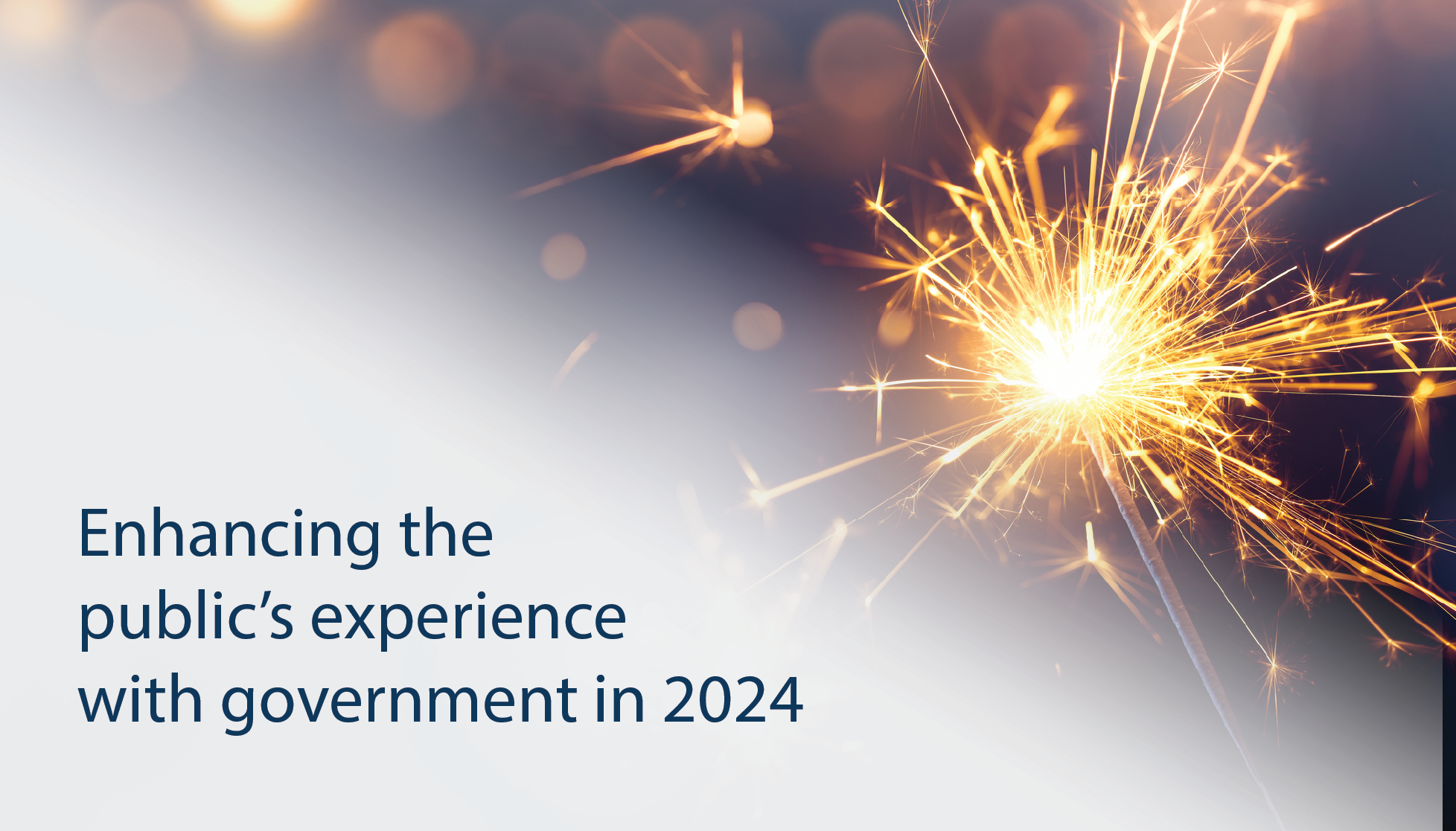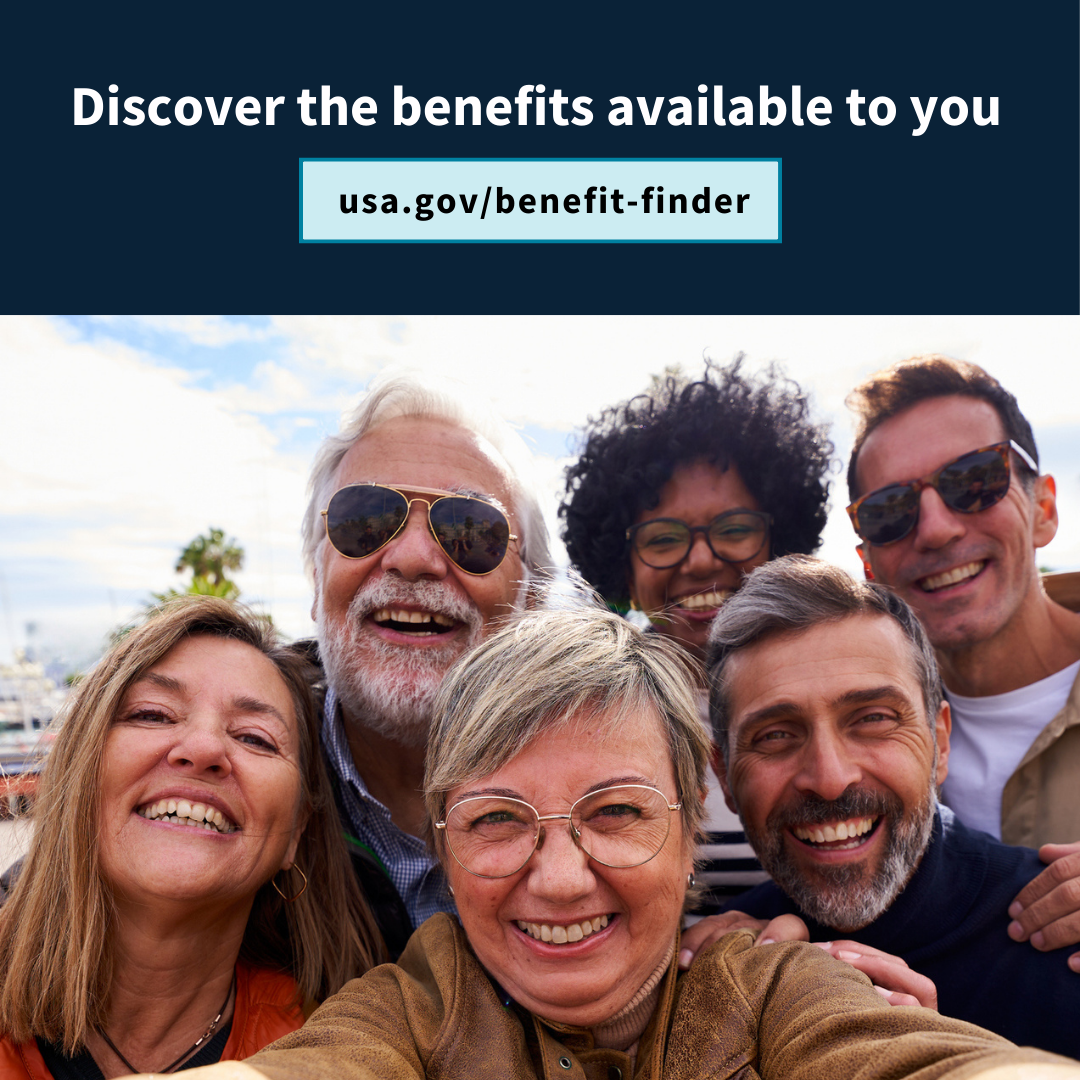Earlier this week, we talked about how choice overload affects decision-making. Today, we’ll detail when people decide to trust the federal government and how they view the federal government vs. private companies. If you’d like to read the complete series, start here.
Trust
Trust is reciprocal
Trust was a theme that figured into most of our conversations. Agencies tend to focus on building public trust in government, but we found that the public views trust as a two-way street: Not only does the public need to trust the government, but the government needs to trust the public.
Lack of reciprocal trust
Many people feel that government employees and agencies assume they have negative intentions or that they’re lying, lazy, or a criminal. One person reported feeling like they were guilty until proven innocent.
Consider the experience of one of our interviewees. Velma A., a resident of Jacksonville, applied for Social Security disability benefits twice. Her first application was denied, and so she applied again. She expressed concern that her second application would also be denied — she admitted that she hadn’t fully understood how to answer all of the questions on the application, but she also felt she couldn’t leave any fields blank. “Leaving blanks is like you not really telling the whole story,” she said, “so I filled it in best I could.” She knew her description of her disability wouldn’t be as accurate as that written by a medical professional, and she worried the person reviewing her application would think she was lazy instead of legitimately disabled. The stress of wondering how her application would be perceived compounded Velma’s already stressful situation.
How an agency physically represents itself also plays a huge role in building trust. Jim F., a senior citizen in Minneapolis, said that visiting a local agency office "feels like you're visiting someone in prison." He was put off by the security measures, including the metal detectors, the glass pane between separating him from the government employee, and the metal tray used to send documents back and forth.
These two stories illustrate the government’s presumed lack of trust in the public. If the government were to more explicitly communicate its assumption of the public's needs and positive intent (and design services around both), it could drastically improve public perception.
Deciding to trust government services
Our interviewees employed a variety of strategies before deciding to trust a government service.
Many people mentioned that they look for one or more of the following to evaluate the trustworthiness of a digital service:
- https
- .gov domains
- Official government logos
- Trust-building language such as “this is an official government website”
One of our interviewees, for example, mentioned that he always looks for the .gov URL and assumes a site is OK if he sees that. “As far as I know,” he said, "government websites can't be spoofed yet."
Other people need more than just the .gov to trust a site. Karen S. of Kansas City relies on several different clues to assess a government site’s trustworthiness. She told us that she looks at the logos a site uses to determine its validity, and she also looks for an affiliation to departments or agencies she’s aware of. Finally, she said, she bases her trust on whether a site “looks legit.”
Velma A. expressed a sentiment common to several of our interviewees. She feels it’s hard to rely on a fixed set of traits to determine a service’s trustworthiness. This uncertainty, she said, “ [is] why a lot of older people, like my parents are older, don’t trust the internet for nothing.”
People also look for certain trust signifiers in non-digital transactions. Velma A. also mentioned that when she calls a government phone number, she specifically listens for language like, “Thank you for calling the U.S. department of…”
Government agencies versus private companies
Other folks aren’t able to differentiate government services from private companies. A man in Minneapolis with three sons told a story about how he paid a fee to fill out the FAFSA for one of his sons. He said, “You have to take the FAFSA test so, I’ll be a little critical, you pay money to be told you don’t qualify. Why don’t they tell you right upfront. If your income is above x, don’t bother paying the fee just to be told you don’t qualify. I found that to be very frustrating and my wife, in the second year, says you need to do that again because you must not have filled it out right. I said I can’t not fill it out right. It’s pretty simple. So I filled it out again, paid the fee — you don’t qualify. I said I’m not filling this out anymore. You pay a fee to be told you don’t qualify doesn’t make any sense whatsoever.”
Since the FAFSA, the Free Application for Federal Student Aid, is free to submit, we suspect this man may have been interacting with a private company, or he may have fallen victim to one of the many scams that charge a fee to access (free) government benefits and services.
Cost-benefit tradeoff
Most people, before applying for government benefits or using a government service, assess the predicted return on their investment. In most cases, they anticipate that the interaction will be frustrating, and they want to have a sense of whether the benefit they receive will be worth the time and effort. People base these calculations on their past experiences with the government and their level of confidence in navigating government bureaucracy.
Our interviewees reported frustration at filling out complex forms, only to find out they weren’t eligible for the benefit or service in question. Often, disqualifying factors — making too much money the previous year, for example — aren’t clearly communicated up front. When people realize they’re ineligible only after filling out a long application, this lack of clear communication exacerbates their frustration.
We observed a strong relationship between people’s confidence that they’ll get the service they need and their likelihood of applying for it. The less confident a person feels about their prospect of getting a service, the less likely they are to apply.
In some cases, people feel so strongly that they won’t get a service that they won’t even consider applying. Aisha R., for example, feels she can’t adequately prove her income to get a home loan — so she has stopped trying. “I’ve already called the loan people and said this is how much I’ve made for the past couple of years and ... [the loan officer is] like, ‘Nope.’ He already knows before I submit it, so I don’t want to submit all of my paperwork and have them say, ‘Oh, you’re denied.’ I don’t want to spin my wheels on that.”
Other people are more resilient and are willing to persevere until they achieve their goal. A few of our interviewees talked about appealing after being denied benefits; several people we talked to mentioned applying multiple times for unemployment benefits. Danica R. had lost her job three times in the past, but described notable resilience. She filed complaints for two of those three terminations, and went to small claims court for the third. “I’m a fighter,” she said.
“[The process of applying for food stamps in California is] very redundant. It just felt like I was filling out the same information over and over and over again. It would be easier if they just streamlined it. Put your answers in and whoever needs it just takes the information from it.”
Next week's post will detail what people think about before deciding to share personal information.
The Federal Front Door Team is made up of members from USAGov and 18F teams.



.png)